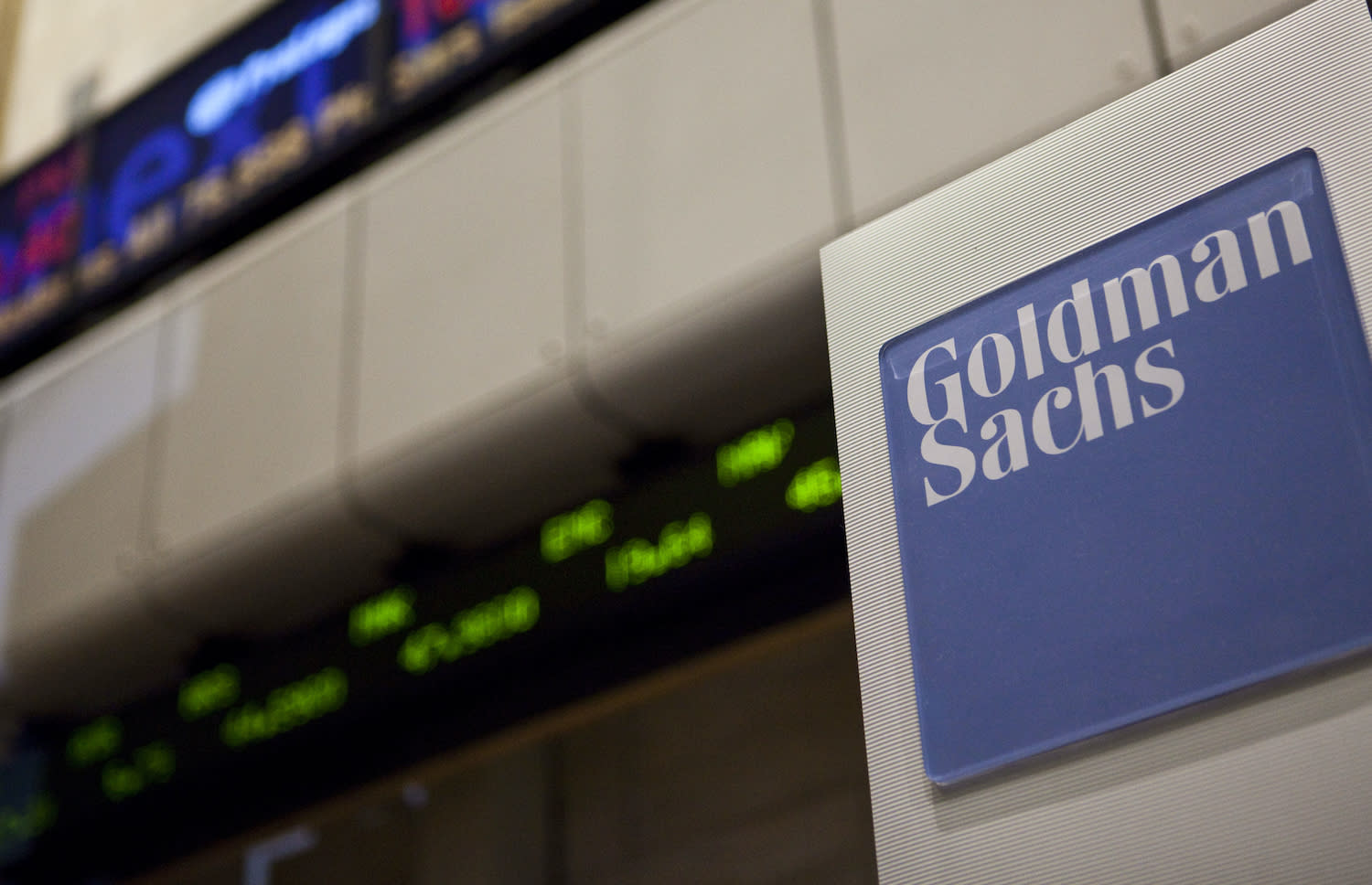Goldman Sachs Says Client Demand for Bitcoin is ‘Rising’

Bloomberg
RBA’s Lowe Pushes Back Against Market, Sending Yields Lower
(Bloomberg) — Reserve Bank of Australia chief Philip Lowe pushed back against bond markets pricing in an earlier tightening of monetary policy, sending the currency and yields lower as he reiterated that interest rates are unlikely to rise until at least 2024.“Over the past couple of weeks market pricing has implied an expectation of possible increases in the cash rate as early as late next year and then again in 2023,” Lowe said in a speech to the Australian Financial Review Business Summit in Sydney Wednesday. “This is not an expectation that we share.”The benchmark three-year bond yield fell as low a 0.087% as it briefly dipped below the RBA’s 0.1% target for the first time this year. It settled back to be in line with the goal as investors began re-calibrating expectations for the rate outlook.What Bloomberg Economics Says…“Governor Lowe’s speech made it clear that Australian rates are set to be lower for longer. The RBA is not going to be fazed by temporary, transitory, inflation blips, with Lowe signaling a focus on the labor market, and more specifically, wages-driven inflation, as the future anchor for Australian monetary policy.”– James McIntyre, economistAustralia’s central bank has stepped up its bond buying in recent weeks, including an unscheduled operation, as it battled rising yields fueled by a reflation trade sweeping global markets. The RBA defended its 0.10% yield target — also the level of the cash rate — and sought to soothe markets. Lowe said today that even the improved inflation expectations priced in by markets aren’t especially high and aren’t above central bank targets.The governor pointed again to the evolution of the RBA’s inflation-targeting regime that now requires actual — not forecast — inflation to be within the 2-3% target before it considers moving rates. This will likely require wages growth above 3%, Lowe said, noting it’s currently running at a record-low 1.4%.“It is a long way back to seeing wage increases consistent with the inflation target,” he said.Martin Whetton, head of fixed income and FX strategy at Commonwealth Bank of Australia, said Lowe delivered a “spirited defense of their settings” and agreed with Lowe that conditions won’t be met for some time for raising rates.Westpac Banking Corp.’s fixed income research chief Damien McColough said the message was clear about the market “getting ahead of itself with regard to policy tightening expectations.”Leveraged and macro funds sold the Aussie after it failed to recover above its New York close following Lowe’s comments, according to Asia-based FX traders. It was quoted 0.4% lower at 76.82 U.S. cents at 1:33 p.m. in Sydney. The 10-year yield dropped six basis points to 1.72%, also party reflecting moved in U.S. Treasury yields overnight.Australia’s economy has experienced a V-shaped recovery as authorities managed to bring Covid-19 under control and unemployment has fallen accordingly: to 6.4% in January from a pandemic peak of 7.5%. Yet, there is still work to be done.Staying Low“Over the past decade, the estimates of the unemployment rate associated with full employment have been repeatedly lowered,” he said. Based on recent experience, “it is certainly possible that Australia can achieve and sustain an unemployment rate in the low 4s, although only time will tell.”The governor confirmed the bank’s commitment to its three-year yield target and said it’s not considering removing it or changing it.As to whether to keep April 2024 as the target three-year bond or move to November 2024, he said “the board has not yet made a decision on this question and will consider it again later in the year when it has more information about the economic recovery and the labor market.”Westpac’s McColough said that there is now a greater chance that yield-curve control gets pushed from the April 2024 to the November 2024 bond.Later in the year, the bank will also consider whether to extend its quantitative easing program, the governor said. The RBA in November announced a A$100 billion ($77 billion) program over six months targeting longer-dated securities and in February announced a further A$100 billion when the first tranche expires in mid-April.A key aim of the QE program was to keep a lid on Australia’s currency, which had surged about 40% from March last year before it eased back in recent days on a strengthening U.S. dollar. Asked about the exchange rate, the governor reiterated his recent mantra.“I’d be even more comfortable if it was lower still,” Lowe said. “Having said that, I cannot say the currency’s overvalued,” citing the strength of commodity prices. “So I understand why the currency is where it is, I’d like it to be lower.”Asked about criticism of the central bank’s policies from academic economists and others who argue it should do more QE, Lowe pointed out that between the A$200 billion total bond buying and A$200 billion in a bank lending program, it was pumping in a lot of stimulus.“We’re doing a huge amount already,” he said, noting this was occurring at a time when the economy was doing better than expected. “So we’re in watch-and-wait mode. If it turns out we need to do more then we can.”In his speech the governor, referring to strengthening house prices, said there are mechanisms to limit lending that don’t require tighter policy. He said the RBA is paying close attention to lending standards, but it does not target house prices, “nor would it make sense to do so.”(Updates with comment from Bloomberg Economics in fourth paragraph.)For more articles like this, please visit us at bloomberg.comSubscribe now to stay ahead with the most trusted business news source.©2021 Bloomberg L.P.




